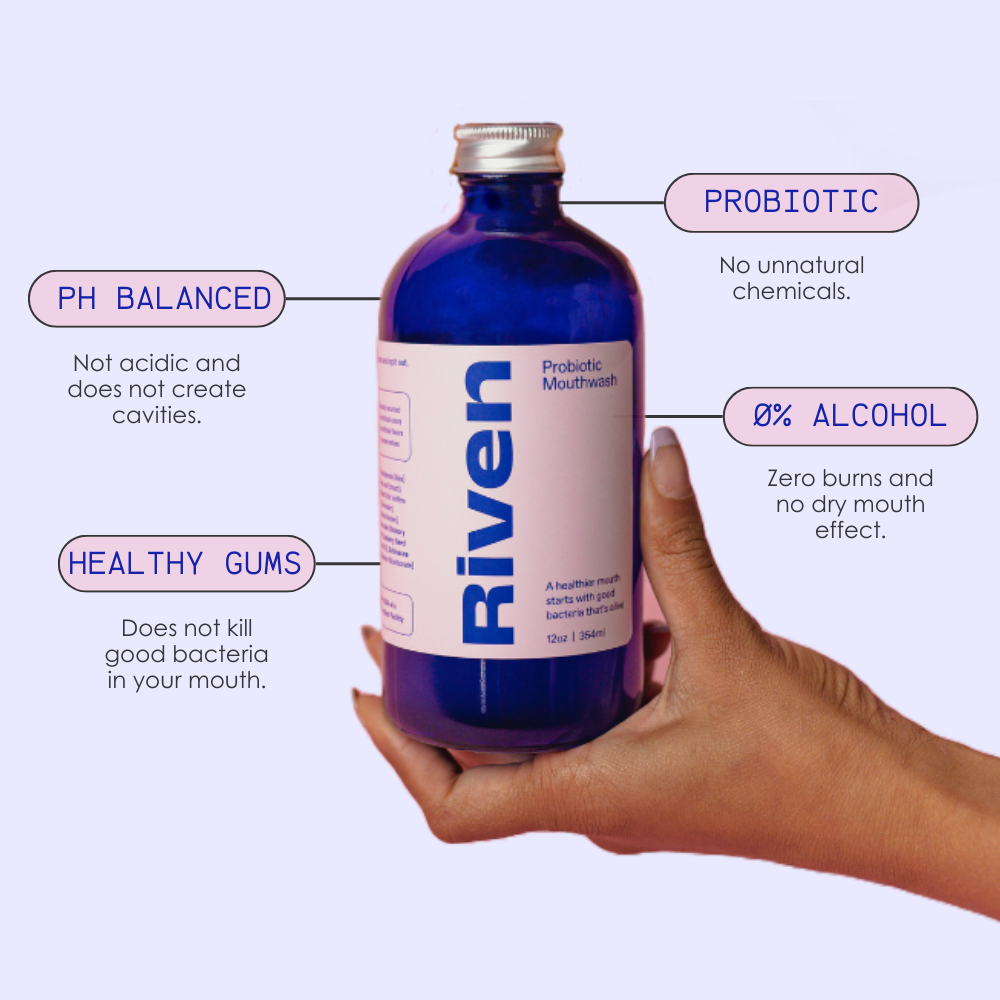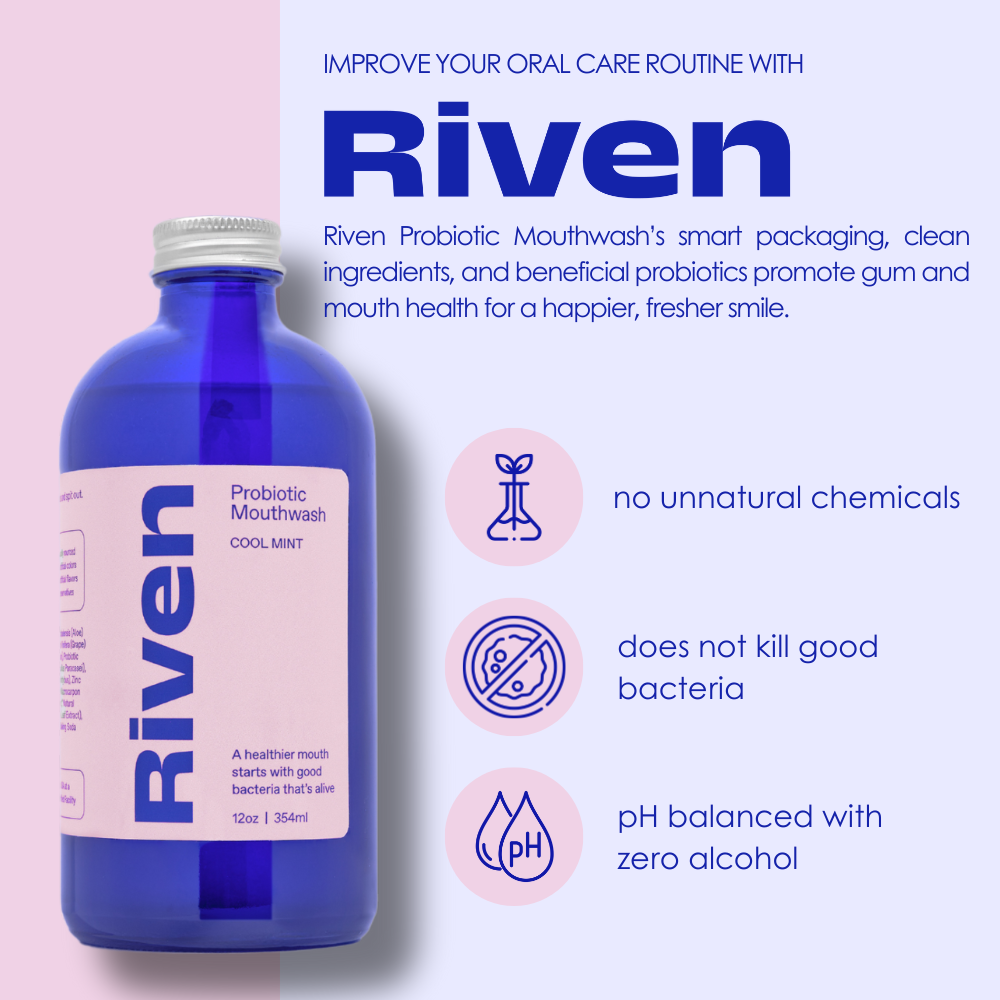Introduction:
Maintaining exceptional oral hygiene is not just about brushing; it's about using the right toothbrush. With a plethora of options on the market, choosing the perfect toothbrush can feel overwhelming. Fear not, armed with the right knowledge, you can make a well-informed decision tailored to your specific needs and preferences. Let's dive into the essential factors to consider when selecting the ideal toothbrush for your oral health journey.

1. Soft Bristles for Gentle Gum Care:
When it comes to bristle type, the consensus is clear: soft bristles are the way to go. Soft bristles are recommended for their gentle touch on enamel and their ability to safeguard your gums. They efficiently tackle plaque without causing harm to your precious gum tissue. On the flip side, medium and hard bristles run the risk of damaging gum tissue and causing thinning. It's important to note that the availability of medium and hard bristle brushes primarily caters to consumer preference rather than optimal oral care.
2. Embrace Different Bristle Shapes:
Toothbrush bristles come in various shapes – flat, domed, rippled, to name a few. Among these, domed or rounded bristles take the spotlight. They provide a tender cleaning experience while effectively banishing plaque and unwelcome debris from your teeth's surfaces.
3. The Significance of Toothbrush Head Size:
Don't underestimate the impact of toothbrush head size on effective cleaning. While a larger head may seem appealing, it can be unwieldy within your mouth. Opting for a toothbrush with a smaller head grants you superior access to those hard-to-reach nooks, like the sides and back of your molars. For children and teenagers, choosing the right size ensures proper cleaning without discomfort.
4. Embracing Electric Toothbrush Advancements:
Electric toothbrushes have garnered acclaim due to their advanced features. Their standout advantage lies in their oscillating, rotating, and pulsating technology, which mimics the precise motions required for comprehensive cleaning. They often come equipped with built-in two-minute timers, various modes, and dentist-approved brush heads. Electric toothbrushes prove especially invaluable for individuals with dexterity challenges, a weak grip, or arthritis. However, traditional toothbrush enthusiasts appreciate the tactile experience and cost-effectiveness of manual options. Ultimately, the choice between electric and manual toothbrushes hinges on personal preference and the superior cleaning experience it offers to each individual.
5. The Bamboo Toothbrush Debate:
In recent years, bamboo toothbrushes have emerged as environmentally conscious alternatives. With bamboo handles and bristles crafted from materials like tapioca, corn, or castor bean oil, they champion biodegradability and pesticide-free cultivation. Bamboo boasts natural antimicrobial properties, inhibiting harmful bacteria growth. Furthermore, these toothbrushes stand strong against fungus and mold, ensuring sanitary usage. However, it's essential to exercise caution. Not all bamboo toothbrushes are entirely plant-based, as some brands incorporate nylon or even boar hair bristles, which can prove abrasive and detrimental to enamel. Therefore, diligent research and the selection of reputable brands are key to making an eco-friendly choice.
Conclusion:
Choosing the perfect toothbrush is an intimate journey aligned with your oral health aspirations. Prioritizing a toothbrush with soft bristles, a petite head, and suitable bristle shape fosters effective plaque removal and optimal oral hygiene. Electric toothbrushes present advanced features, while bamboo toothbrushes offer eco-friendly sustainability when sourced from trustworthy brands. Ultimately, knowledge and individual preferences guide your path to a well-informed choice that leaves your smile radiant and your oral health thriving.





